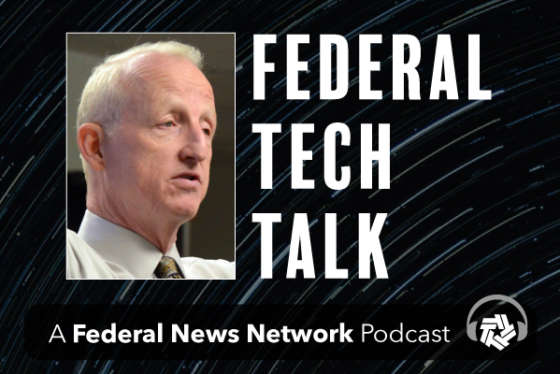What’s in a name — a domain name?
Allen McNaughton, director of Pre-Sales Engineering, Public Sector at Infoblox Federal, joins host John Gilroy on this week's Federal Tech Talk to discuss a topic...
Best listening experience is on Chrome, Firefox or Safari. Subscribe to Fed Tech Talk’s audio interviews on Apple Podcasts or PodcastOne.
This week on Federal Tech Talk, host John Gilroy speaks with Allen McNaughton, director of Pre-Sales Engineering, Public Sector at Infoblox Federal. They will be talking about a topic that is foundational to understanding how the Internet works.
Let’s go back forty years. In the early days, one would go to a Universal Resource Locator (URL) by typing a group of numbers. They realized that this was tedious and error-prone. Someone suggested an intermediary — a Domain Name Server (DNS). Voila, if you typed in federalnewsradio.com you would reach the correct URL.

In 2021, the DNS system operates in the background and is overlooked by many federal cybersecurity professionals. Many don’t realize that some federal agencies generate seven terabytes of data of logging information that flows through a DNS server. So we have a server that is crucial for the internet. COVID and IoT have multiplied the number of interactions with DNS servers expanding the attack surface.
What could go wrong? DNS system vulnerabilities are well known to malicious actors. Some will say that 90% of malware attacks use the DNS system to enter a network. During this interview, McNaughton mention subjects like DNS spoofing, DNS cache poisoning, and using a DNS as a firewall.
He suggests that companies can look for a protective DNS service that can be used in a complete matrix that will protect a federal agency from malicious threats.
Copyright © 2024 Federal News Network. All rights reserved. This website is not intended for users located within the European Economic Area.






